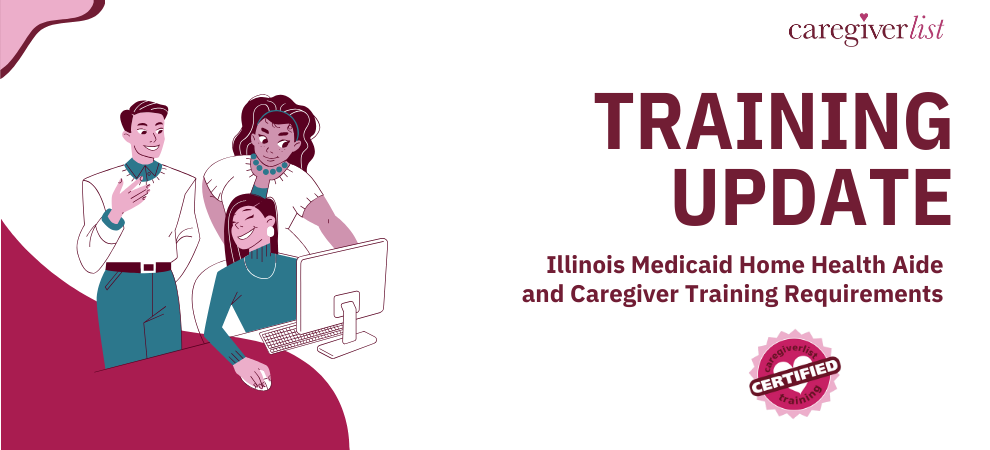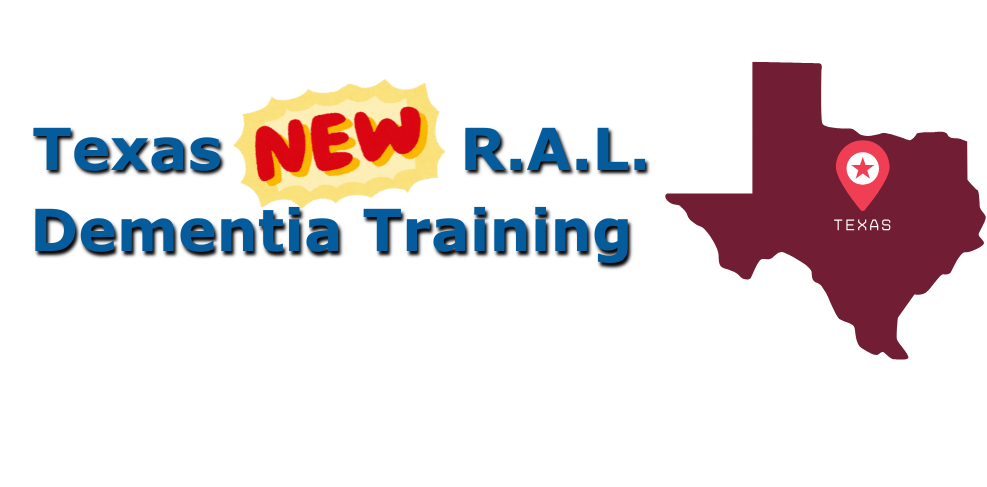Caregiver employment: what are the choices? How do you enter the industry as a new caregiver? What training is required? What is the pay?
Seniors are living longer, but also living longer and needing care services for some of those years. This is because advances in medical technology are providing medications and equipment to assist people to extend their years. But their bodies and minds need lots of help to keep up with what is often called “activities of daily living”, or ADL’s for those in the senior care industry. There are more than 18,000 nursing homes nationwide and certified nursing aides are the most important employee at these care facilities, providing the “hands-on” care.
Because of life expectancy being extended and because of the large number of baby boomers (those born between 1946 and 1964), the “senior care” industry is growing and there continues to be a need for employees in the senior care industry.
What positions are available in senior care?
- Caregivers (Professional Companion Caregivers)
- Certified Home Health Aides (C.H.H.A.’s)
- Certified Nursing Aides (C.N.A.’s)
- Registered Nurses (R.N.’s)
- Care Managers (Social Workers, Geriatric Care Managers with Certification)
- Office Staff (Schedulers, Recruiters, Managers)
There are more than 5,000 senior home care agencies and hospices in the U.S.A. The industry continues to grow. Some franchise corporations have more than 200 locations nationwide and did not exist just ten years ago.
The need for senior caregivers remains the position that is most in demand. These caregivers can be certified or professionally trained and managed by a senior care company. Certified nursing aides may work for nursing homes, hospitals and assisted living centers, as their licensing requires a minimum number of nursing aides based on their occupancy.
Caregivers may obtain a 10-hour online training certification to gain professional caregiving skills. Schools approved to provide certified nursing aide programs in each state offer educational courses that assist their students to pass the state C.N.A. exam. Most C.N.A. schools have part-time and full-time courses with the ability to complete the courses and field work within 6-months. Learn about the skills taught and review a sample C.N.A. test and practice C.N.A. test if you are considering becoming a C.N.A. You may also view a directory of C.N.A. schools to learn about admission requirements, costs and program offerings.
Senior caregivers may apply for a professional senior caregiving job in their area to gain experience. Senior care companies hire new caregivers every week, with some companies hiring as many as 6 to 10 new caregivers weekly to keep up with new clients who need care after a hip replacement, stroke or developing memory loss.
As healthcare will continue to evolve into a more accountable system, with some laws already confirmed that will change Medicare reimbursements beginning in January, 2012, there will continue to be more preventive care services. It is also predicted that care will move more and more to the home, as this is where most seniors prefer to age and because of the high cost of nursing home care.
Social Workers and Registered Nurses may work as Geriatric Care Managers and develop Care Plans for seniors and also make sure all the financial and estate plans are in order, including Power of Attorneys for health care and finances.
Remember, the baby boomer population has been credited with being very active citizens, marching for change during the Vietnam war years and bringing women into the workforce, ending the 1950’s housewife culture. Because of this, anthropologists also believe the “boomers’ will change the way we age and the way care is provided. It is believed institutional nursing homes, as we know them today, will be as archaic as a horse and buggy in 20 years.
Technology already allows us to track the body’s vital signals. By developing more solutions to communicate this information to doctors and care providers, it will be possible to “age-in-place” anywhere.
What won’t change is the need for caregivers. A machine cannot provide “hands-on” care and also manage the emotional needs of aging. Isolation contributes to a decline in physical and mental capabilities. By maintaining a health lifestyle and healthy social connections, seniors can remain healthier longer and also enjoy their senior years more.
The Amish, a religious group which chooses not to embrace modern conveniences, such as cars and electricity, also take care of their seniors. A home may be attached to the main house, to provide housing for elderly parents. The entire community will assist in providing caregiving services. Because of this, the Amish have been exempted from paying social security taxes, simply because they take care of the elders in their community themselves.
The Social Security Act of 1935 was called the “Old Age, Survivors, and Disability Insurance”. This is the money that is deducted from your paycheck and allows you to then collect Social Security benefits once you retire at age 62 or age 65. The Amish feel that insurance conflicts with believing in God’s will and is an indication of not trusting in God. They submitted more than 14,000 signatures advocating to not participate in Social Security, as they desired to live their faith which meant maintaining interdependence on each other and not on outside sources. They did not see the need to pay the government and then collect a benefit in return later. In 1965, the Medicare bill was passed exempting the Old Order Amish or any religious sect who conscientiously objected to insurance, from paying Social Security payments. President Lyndon B. Johnson signed the bill on August 13, 1965.
It does take a village, to care for a senior. This is why there will continue to be employment opportunities for senior caregivers.







